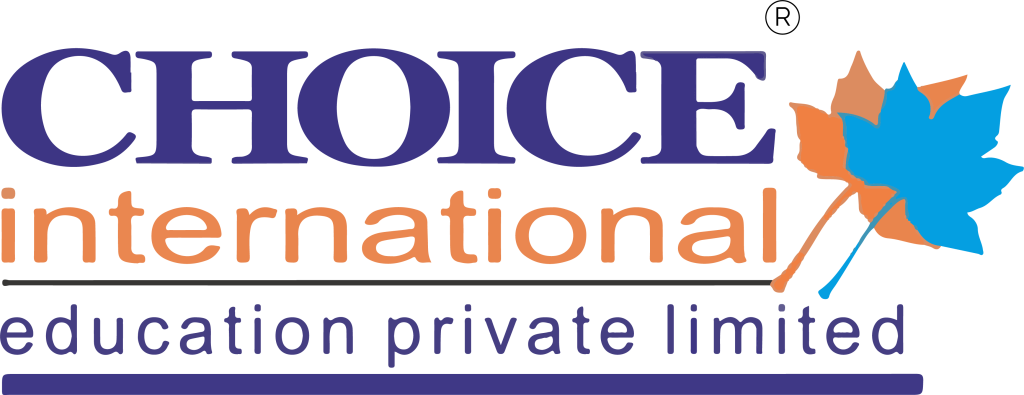Which Country to Choose for Overseas Education – UK or Canada ?


The UK and Canada have always been favorites as Study Abroad destinations. Each has a long tradition of providing top-notch education, and have individually achieved top ranks across the board. Based on some of the main concerns students will consider when choosing a Study Abroad destination.
Both countries are home to universities which rank among the world’s top 50-150. The UK and Canada require international candidates to submit proof of English language proficiency. The preferred test by both countries is IELTS, with the minimum average score usually set at 6.5, with individual band scores of at least 6.0.
UK is home to some of the oldest and most prestigious universities in the world. The university system influencing several the world over. Some of its top universities for international students include University College London, ranked 8th worldwide, the University of Edinburgh, ranked 20th, the University of Manchester, ranked 27th, King’s College London, ranked 33rd, and the University of Warwick, ranked 62nd.
The subjects that are in greatest demand among international students include Business (i.e. MBA), Natural Sciences (particularly Biological sciences), Engineering, Medicine (particularly dentistry, pharmacy and nursing), and the Social Sciences (particularly Psychology).
Indian 3-year Bachelor’s degrees (i.e. BA, BSc, BCom) are accepted by most UK universities. It must be the equivalent of either a UK First Class i.e. with an overall percentage of 75%, or of a UK 2:1 i.e. with an overall percentage of 65%, with the required score depending on the programme. In certain cases, the equivalency of the Indian Bachelors might depend on which is the awarding institution.
UK tuition fees are generally considered to be among the world’s highest for overseas education. The tuition for a Master’s programme falls within a broad range from 18000-35000 GBP, varying as per factors such as the subject of the study or the university. At the current rate of conversion, this would amount to about 17,00,000-33,00,000 INR.
In terms of cost of living, living in London, one of the UK’s most expensive locations would cost about 11000-12500 GBP for one academic year (i.e. 9 months). This amounts to approximately 10-12,00,000 INR (at current rates).
A Taught Masters programme is typically of 1 year’s duration.
UK universities have 2 major terms i.e. Term 1 which commences in September, and Term 2 which commences in January. Certain universities may have an addition Summer term of shorter duration, which commences in April.
From 2012 onwards, the UK had imposed strict regulations on international students seeking to stay back in the country to look for work, with a limited allowance of 4 months’ duration, as well as a cap on the number of visas awarded. However, for students who enrol in 2020-2021 onwards, the regulations are set to be loosened considerably – with the UK government’s announcement of a new Graduate Route, allowing international students who graduate with an undergraduate degree or higher to remain in the UK for 2 years, with opportunities to stay on longer upon finding suitable employment. The new regulations are slated to increase the UK’s popularity as a Study Abroad destination.
Canada is home to several excellent universities as well. Its top 5 include the University of Toronto, ranked 29th, McGill University, ranked 35th, University of British Columbia, ranked 51st, University of Montreal, ranked 137th, and McMaster University, ranked 147th.
The subjects that are in greatest demand among international students include Business (i.e. MBA), Computer Science and Information Technology, Engineering (including Engineering management), Physical and Earth Sciences (with an emphasis on renewable energy), and Forestry and Agricultural Sciences.
Indian 3-year Bachelor’s Degrees are usually not accepted by Canadian universities – a postgraduate diploma/Master’s degree is often required in addition to a Bachelor’s, to qualify for Master’s programmes. However, graduate diploma programmes, as well as certain Master’s programmes, may consider the Indian 3-year Bachelor’s, on a case-by-case basis. Most universities/programmes stipulate a minimum required GPA, which usually begins at 3.0 on a 4.0-point scale.
Canada is known for having a generally lower rate of tuition fee than other top-ranked overseas education destinations. The tuition fee for a Master’s programme ranges from 16000-30000 CAD per annum, with most averaging at 21-22000 CAD. At the current rate of conversion, this would amount to about 11-12,00,000 INR, going up to around 16,00,000 INR.
In terms of cost of living, living in Toronto or Ontario, which are major cities compared to the UK’s London, would cost about 14-16000 CAD per annum. This amounts to approximately 7-9,00,000 INR (at current rates).
A Master’s programme is typically of 1-2 years’ duration.
The semester system is similar to that in the UK, where Fall semester commences in September, and Winter semester commences in January, with certain universities having an additional Summer semester, which commences in April-May.
Canada on the other hand, has long offered graduates a stay-back option. Graduates of eligible institutions/programmes can apply for the Post-Graduation Work Permit (PGWP) which permits foreign nationals to remain in the country for work, following graduation. Ultimately, education and work experience in Canada can qualify a foreign national to gain Permanent Residency (PR) status in Canada.

